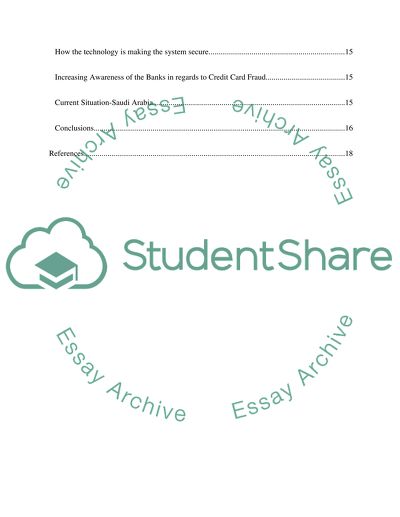Cite this document
(“Credit card frauds Literature review Example | Topics and Well Written Essays - 3750 words”, n.d.)
Retrieved from https://studentshare.org/other/1426081-credit-card-frauds
Retrieved from https://studentshare.org/other/1426081-credit-card-frauds
(Credit Card Frauds Literature Review Example | Topics and Well Written Essays - 3750 Words)
https://studentshare.org/other/1426081-credit-card-frauds.
https://studentshare.org/other/1426081-credit-card-frauds.
“Credit Card Frauds Literature Review Example | Topics and Well Written Essays - 3750 Words”, n.d. https://studentshare.org/other/1426081-credit-card-frauds.


